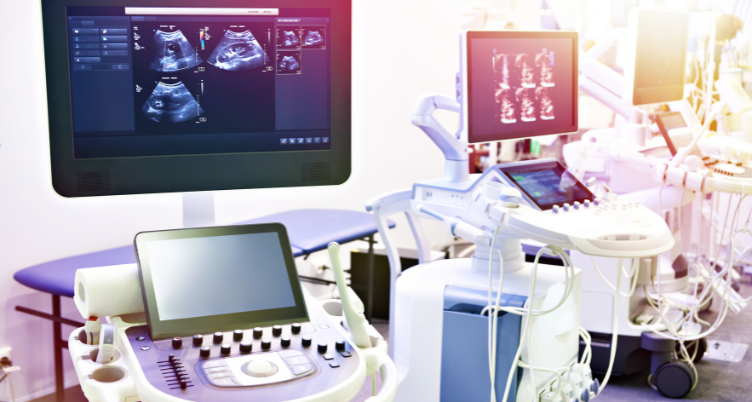One of the diagnostic procedures we use is a sonohysterogram, also known as a saline infusion sonography (SIS). In this post, we will explain what a sonohysterogram is, why it is used, and what to expect during the procedure.
What is a Sonohysterogram?
A Sonohysterogram is a diagnostic test that uses ultrasound technology to examine the inside of the uterus. During the procedure, a small amount of sterile saline solution is injected into the uterus through a thin tube called a catheter. This helps to expand the uterus and create a clear image for the ultrasound. The procedure is performed in our clinic, usually by one of our experienced fertility doctors.
Why is a Sonohysterogram Performed?
A sonohysterogram is a valuable tool in diagnosing conditions that may affect fertility or cause abnormal uterine bleeding. It can help detect the presence of uterine fibroids, polyps, or scar tissue that may interfere with implantation of a fertilized egg. It can also help detect abnormalities in the shape or size of the uterus that may impact fertility or increase the risk of miscarriage.
In addition to diagnosing potential fertility issues, a sonohysterogram can also be used to monitor the response of the uterus to fertility treatments. This can be particularly helpful in patients undergoing in vitro fertilization (IVF) treatment, where the goal is to maximize the chances of a successful pregnancy.
What to Expect During a Sonohysterogram
A sonohysterogram is a relatively simple and straightforward procedure that usually takes less than 30 minutes to complete. You will be asked to lie down on an examination table with your feet in stirrups, similar to a pelvic exam. A speculum will be inserted into the vagina to provide access to the cervix.
Once the cervix is visualized, a thin catheter will be inserted through the cervix and into the uterus. A small amount of saline solution will then be injected into the uterus, which may cause some mild cramping or discomfort. This is normal and usually subsides quickly. The saline solution will help create a clear image for the ultrasound, which will be used to examine the inside of the uterus.
After the procedure is complete, you may experience some mild spotting or cramping for a short time. Most patients are able to resume their normal activities immediately following the procedure.
Conclusion
A sonohysterogram is a valuable diagnostic tool that can help detect potential fertility issues and monitor the response of the uterus to fertility treatments. At our IVF centre, we perform sonohysterograms in a comfortable and supportive environment, with experienced fertility doctors who will guide you through the process every step of the way. If you have any questions about sonohysterograms or any other fertility treatments, please don’t hesitate to contact us. We are here to help you achieve your dream of having a baby.
Best Doctors
Ut wisi enim ad minim veniam, quis nostrud exerci tation ullamcorper suscipit lobortis nisl ut aliquip ex ea commodo consequat. Duis autem vel eum iriure dolor in hendrerit in vulputate velit esse molestie conse quat, vel illum dolore eu feugiat nulla facilisis at vero eros et accumsan et iusto odio.
Opening Hours

